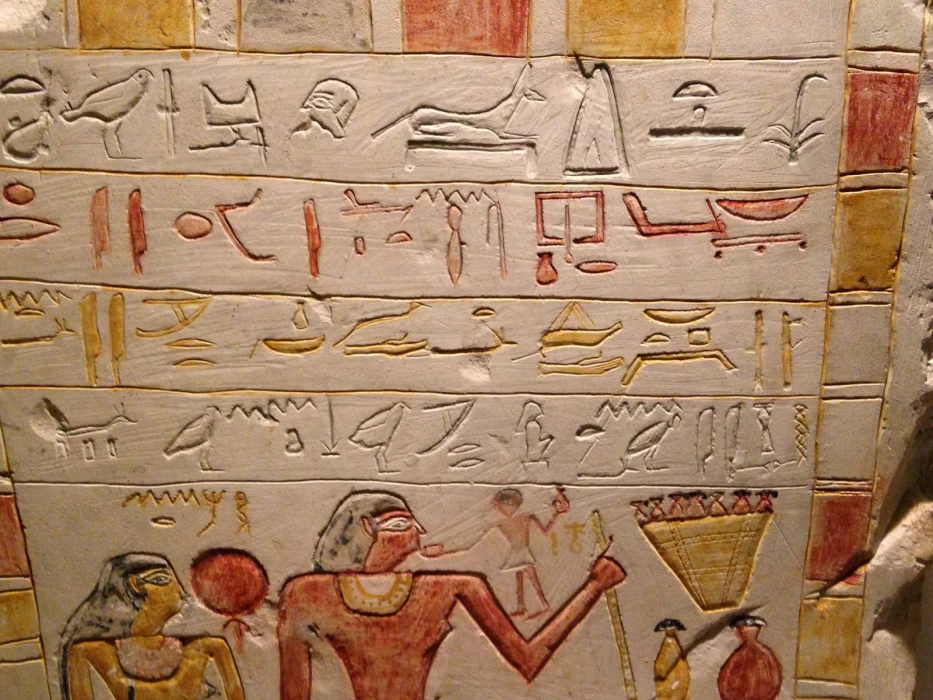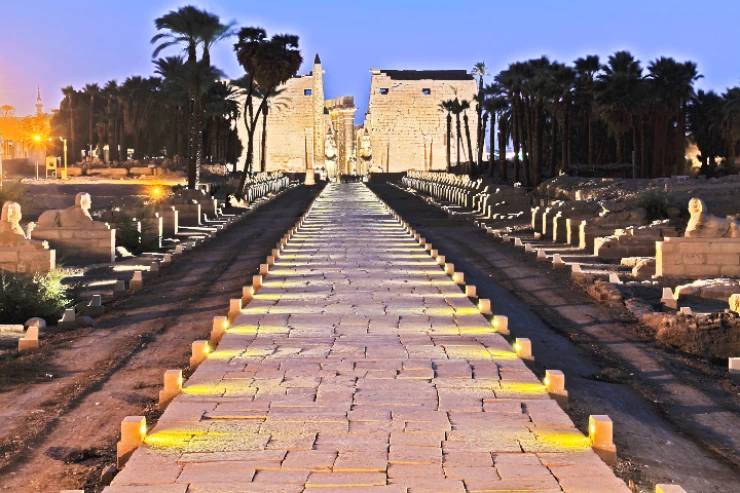
First Intermediate period | Egyptian history
First Intermediate period | Egyptian history
The First Intermediate Period of Egypt (2181-2040 BC) est la période historique qui suit le Nouvel Empire, également connu sous le nom d'âge des pyramides (c. 2613-2181 BC) et qui est plus ancienne que le Moyen Empire (2040-1782 BC) dans l'histoire ancienne d'Égypte. This period has been labeled this way by the Egyptian historians of the 19th century, but not the ancient Egyptian.
In Egyptian history, these periods are known as ‘empires’, while any moments of political strife or disharmony are known as ‘intermediate periods’. This period was long described as the ‘Dark Ages’ when the central government of the Old Kingdom, which had been built on the model of the early dynastic period in Egypt (c. 3150-2613 BC), collapsed and plunged the country into chaos.
Recent studies have revised this view, and the First Intermediate Period is now seen as a period of change and transition, when the power and customs dictated by the monarchy of Memphis, capital of the Old Kingdom of Egypt, were spread throughout the country to those whose status was traditionally inferior.
The mortuary priests, particularly those attached to the sun god Ra, began to amass more wealth than many nobles. The priests were powerful enough to influence local officials and, as the priests grew in power, so did the nomarchs. As the nomes grew richer, more people could afford to buy goods and services that had previously only been available to the wealthy.
This rise in power of the priesthood, combined with other factors such as the lack of a successor for the short-lived Pepi II and a severe drought, led to the collapse of the political structure of the Old Kingdom and ushered Egypt into the First Intermediate Period, but again, this should not be seen as a ‘dark age’ or an era of chaos.
It was a period of turmoil and unrest, as the centralized system of government collapsed and everyone who could was called Pharaoh. The victory of the Eleventh Dynasty over the Tenth Dynasty marked the dawn of the Middle Kingdom.
The unity of this phase is the dismemberment of the unity of Egypt at the end of the phase of gradually weakening the pharaonic authority in the face of local separatist movements and emphasizing the principle of hereditary transfer of functions.















